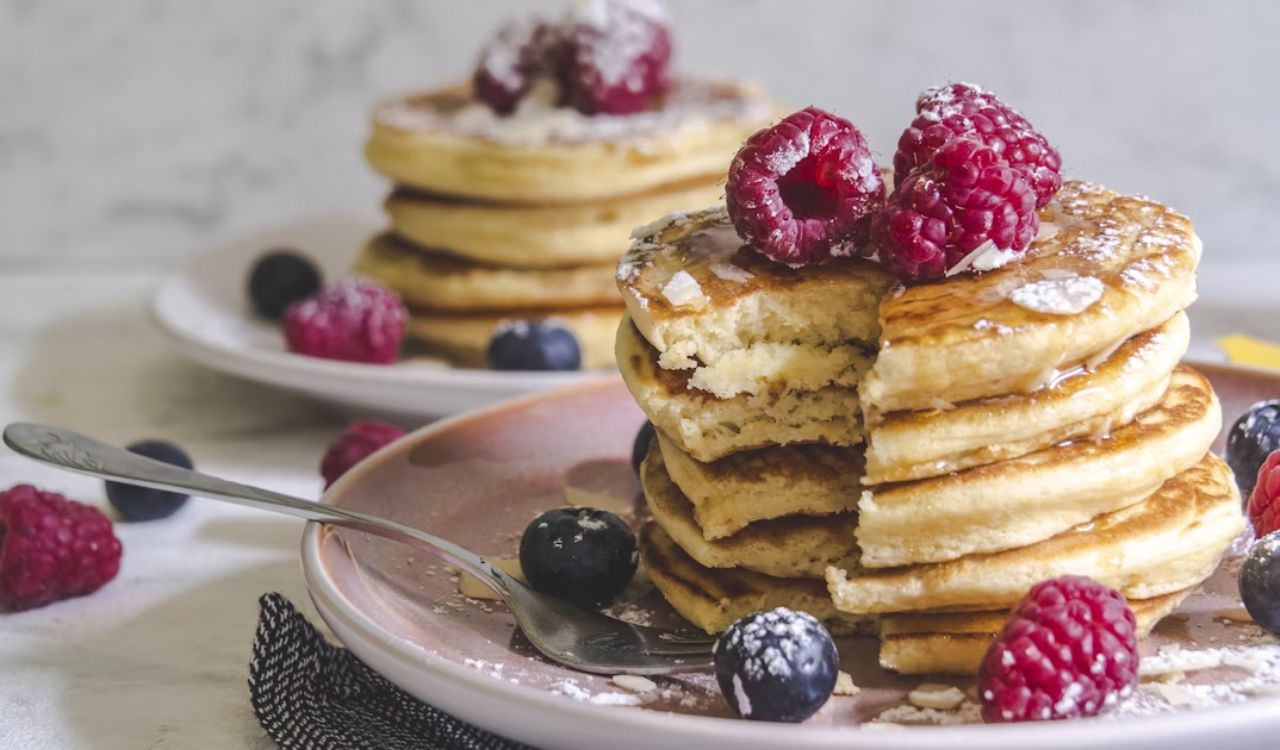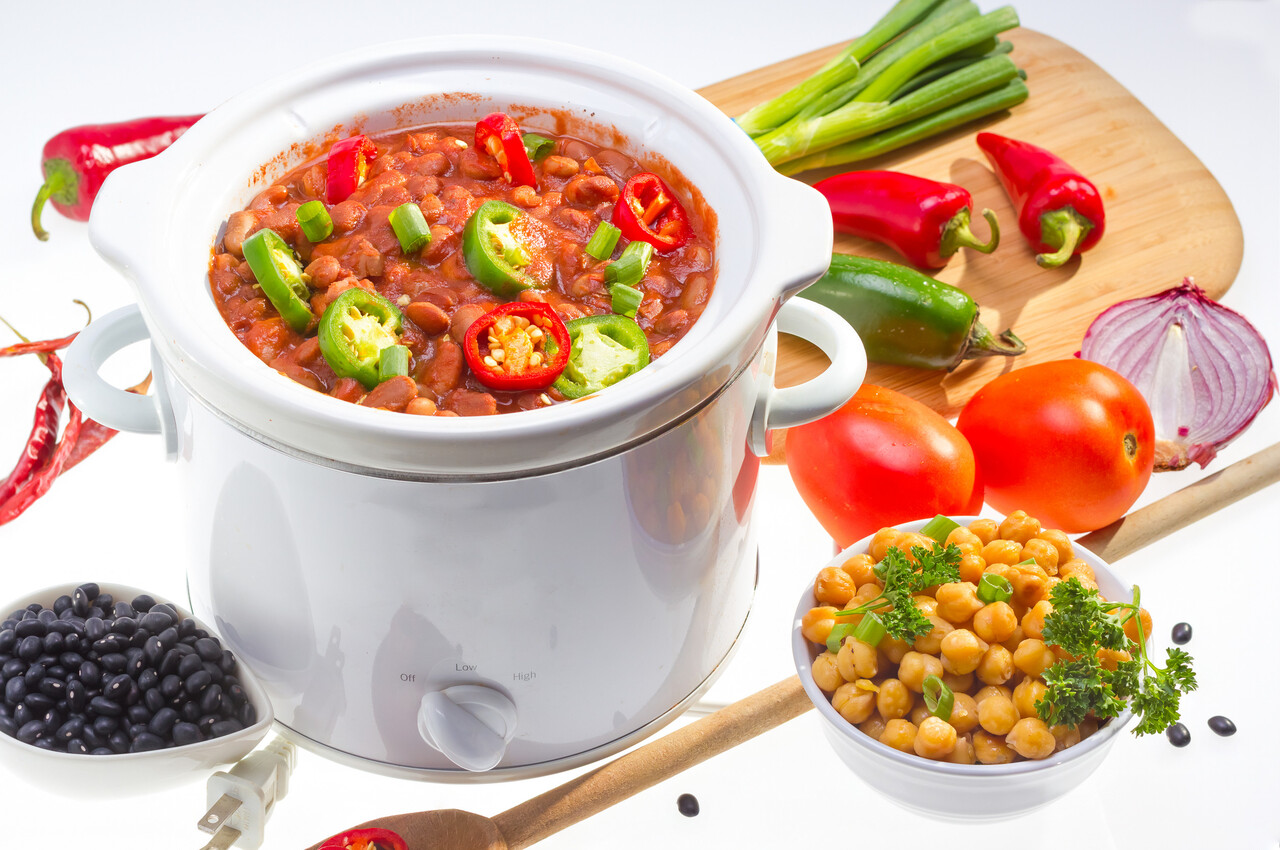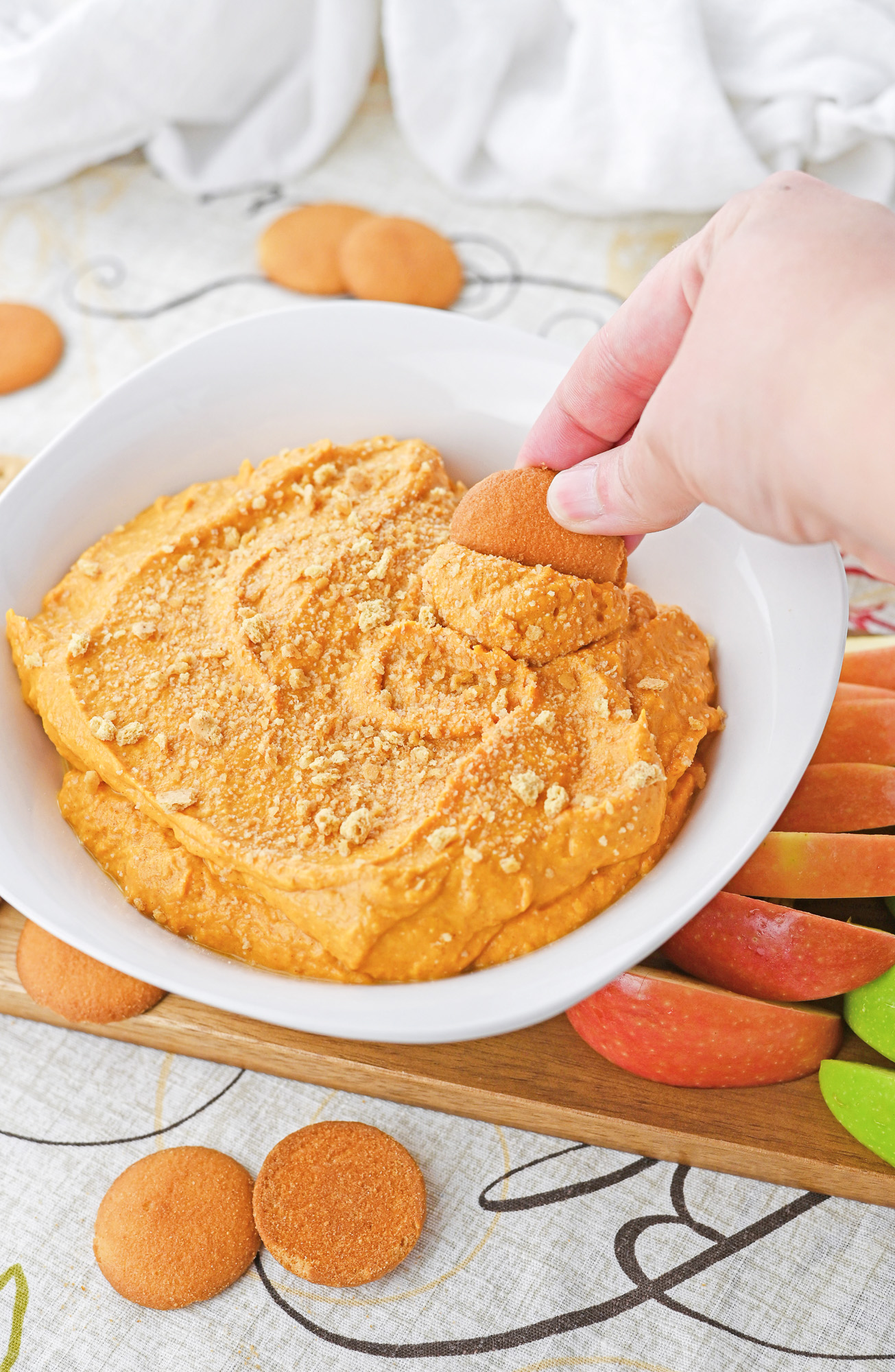How to Deep Clean Your Pellet Smoker for Better Flavor Every Time
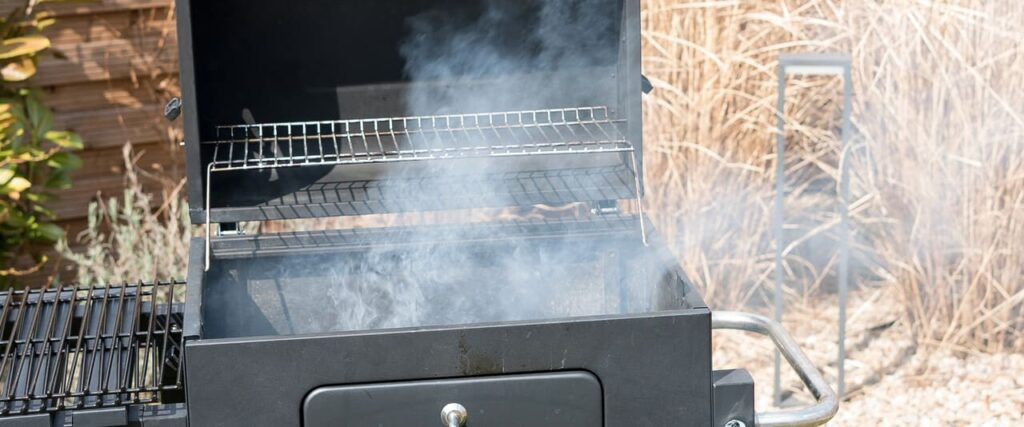
A pellet smoker is a beautiful thing when it’s running clean. The problem is, grease, ash, and food residue build up quickly, and before you know it, the flavors turn muddy instead of smoky.
Cleaning your smoker isn’t just about looks; it’s about taste and safety. A dirty chamber can cause flare-ups, clogged augers, and uneven heating. All of this takes the shine off your barbecue and can even shorten the life of your grill.
The good news? Deep cleaning doesn’t need to be a dreaded task. With the right approach and a few simple tools, you can restore your pellet smoker to near-new condition and keep those flavors crisp and true.
This guide breaks down the process step by step, with practical tips that make maintenance part of the cooking ritual, not a chore.
Emptying Ash and Grease: The Essential First Step
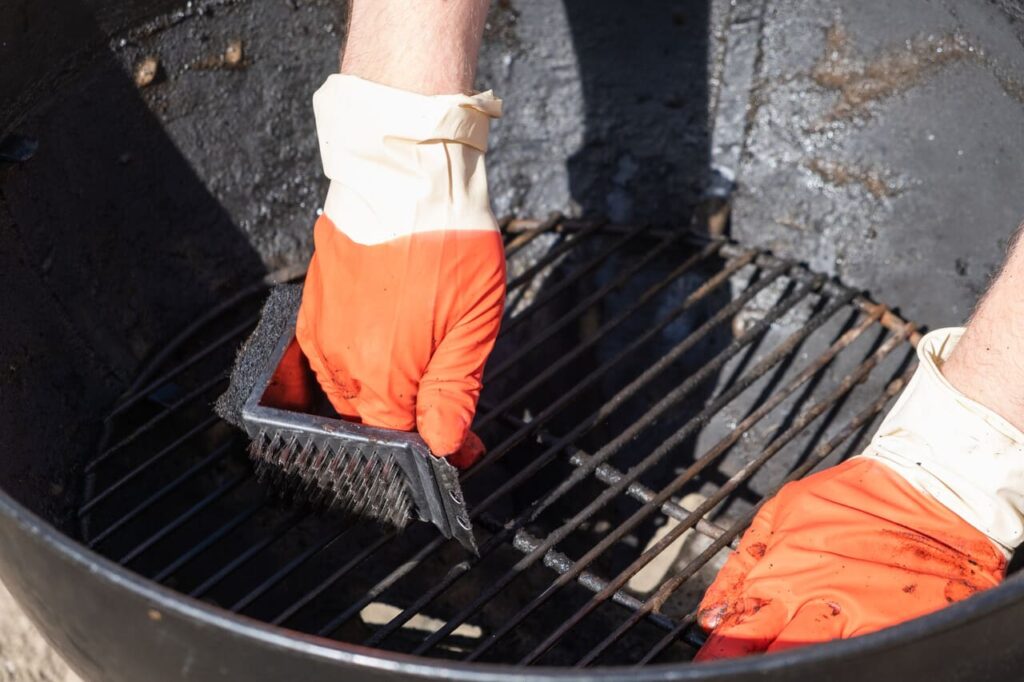
Before you tackle scrubbing, it’s critical to get rid of ash and grease. Ash from burned pellets builds up quickly in the firepot, while grease collects in the pan and bucket. Both can block airflow and ruin the consistency of your cook.
Starting with this step makes the rest of the cleaning process smoother. You’ll find the grill responds better to heat, and food won’t pick up strange, bitter notes from old residue. Think of it as clearing the stage before the main act.
Cleaning Out Ash
Vacuuming or scooping ash after every few uses is the easiest way to prevent problems. Ash absorbs moisture and clogs airflow, which weakens smoke production. A small shop vacuum or ash vac works best, since it reaches into tight corners without spreading dust. Make sure the grill is fully cool before handling the firepot.
Removing Grease Buildup
Grease pans and buckets catch more than you realize. If left unchecked, they become a fire hazard. Line them with foil for easier cleanup, then replace or wash the liners after every few sessions. A quick degreaser wipe on the pan helps reduce flare-ups and keeps future cooks tasting clean.
Scraping and Brushing the Interior
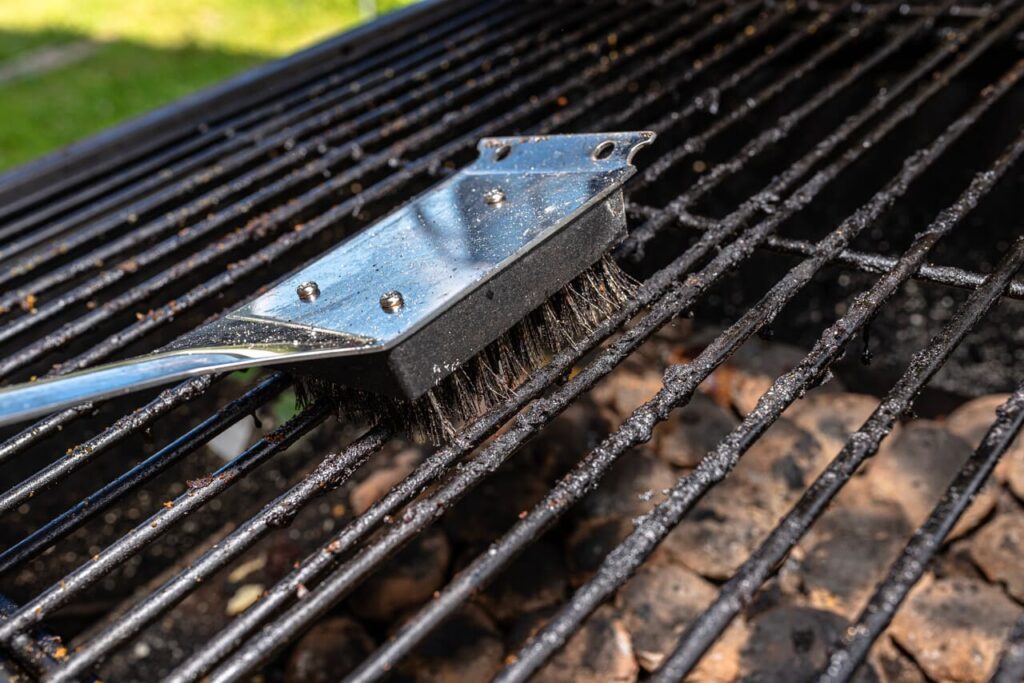
Once ash and grease are gone, it’s time to tackle the inside walls, grates, and heat deflector. Over time, these surfaces develop thick layers of carbonized residue. Left alone, it will flake off onto your food and block even heating.
Scraping and brushing may not be glamorous, but it’s the backbone of deep cleaning. The goal isn’t to make everything shiny but to strip away buildup that interferes with performance.
Cleaning the Grates
Grates are where grease, sauce, and protein burn together. Use a stiff nylon brush or scraper to knock off the bulk. Avoid wire brushes, which can shed bristles. For tough spots, a soak in warm, soapy water brings back much of the original finish. Keeping grates clean ensures better sear marks and keeps food from sticking.
Heat Deflector and Drip Tray
Both of these parts see heavy action and catch a lot of debris. Scraping them down after every deep clean helps airflow and heat distribution. Line trays with foil if possible for quicker swaps. When ignored, buildup here causes uneven cooking and smoldering grease that adds acrid smoke instead of flavor.
Wiping Down the Exterior and Electronics
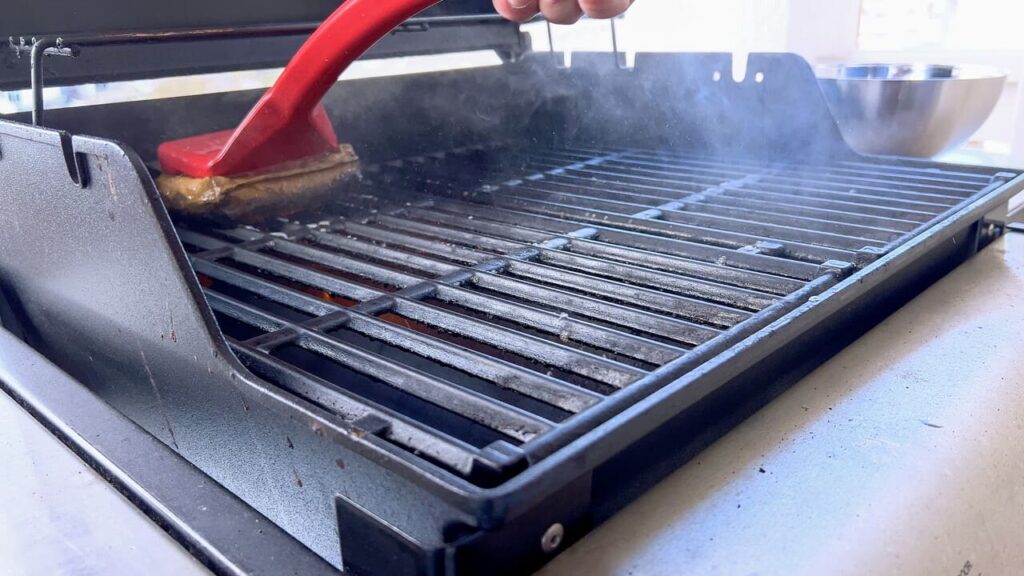
The outside may not touch food, but keeping it clean matters. Dust, grease splatter, and weather exposure can wear down paint, rust components, and damage sensitive electronics like the control board. A simple wipe-down keeps the smoker looking sharp and operating safely.
Regular exterior cleaning also gives you a chance to spot small issues before they grow, like loose wiring or chipped finishes. Preventive care always costs less than repairs.
Control Panel and Probes
Electronics hate grease and moisture. A soft cloth and mild cleaner are all you need for the control board. For meat probes, avoid soaking; instead, gently wipe with warm water and mild soap. Treat them carefully, as damage here affects temperature accuracy.
Lid and Side Shelves
These areas take more splatter than you think. Wipe them down with a damp cloth after every few cooks to prevent sticky residue from baking on. A stainless-steel polish or mild cleaner helps protect the finish and keeps the smoker looking presentable.
Finishing Touches and Reassembly
With everything cleaned, put the smoker back together piece by piece. Check seals, gaskets, and moving parts while you’re at it. A quick inspection saves you from mid-cook surprises later.
Take a moment to fire up the smoker empty for a short cycle. This burns off any lingering cleaner and resets the grill for cooking. What you’re left with is a smoker that runs smoothly, smells clean, and produces pure, rich smoke.
A Cleaner Smoker, A Better Cook
Deep cleaning your pellet smoker is more than maintenance; it’s how you protect flavor, extend the life of your grill, and make every cook more enjoyable. The extra 30 minutes you spend scrubbing pays off with food that tastes exactly as it should: smoky, clean, and worth the effort. Treat cleaning as part of the cooking ritual, and you’ll notice the difference with every bite.


